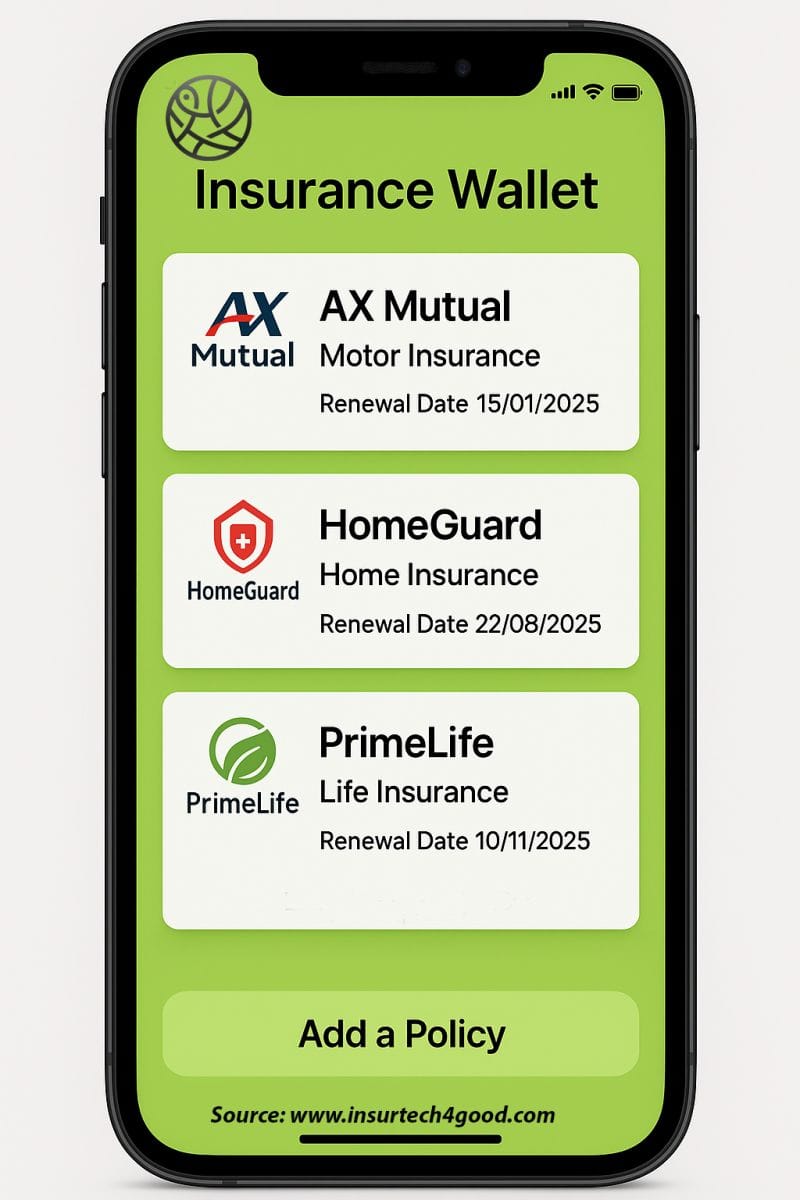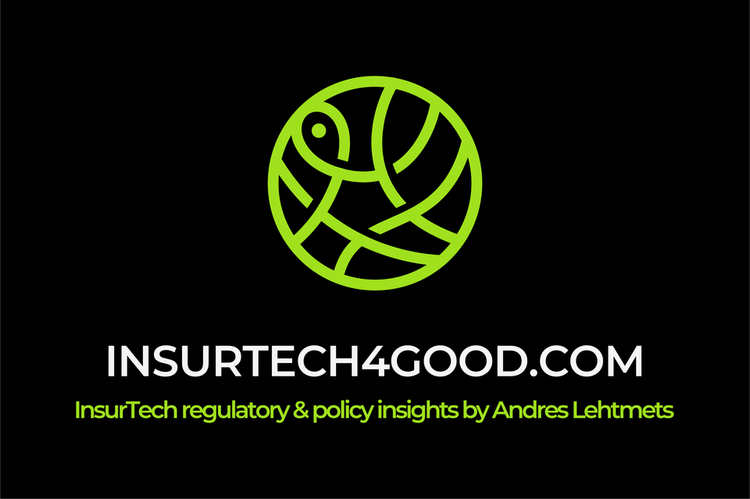Open Insurance Use Case: Insurance Wallet

Why is it still impossible to get an overview of my insurance situation? Why do I always have to dig through my mailbox to find it?
I’m not even talking about anything complex—just a simple overview:
- These are my policies
- These are my insurers
- These are the renewal dates
That is all (for beginning).
I have several policies: home, rental apartments, life, casco, MTPL, MTPL for my hobby car, travel insurance and purchase insurance linked to different cards, a separate policy for my bicycle… maybe even something else I’ve forgotten.
Most are with different providers. Sometimes it’s because of a better price; other times, it’s because a specific product just isn’t offered by someone else.
Renewals come via apps, email, etc.—but emails change, credit cards change, things get lost in spam folders. The risk of being unintentionally uninsured seems rather high.
Now, you might argue I could consolidate everything in one place (e.g., by using one broker or one insurer for all my policies). But as I said, there are often practical reasons why that’s not an option.
Even if all my policies were with one provider, that provider might not offer a user-friendly, holistic overview. And embedded insurance—like the one included with your credit card—is often unknown to the consumer in the first place.
This is where Open Finance and the FiDA proposal could make a real difference. It could enable not just new players, but—more importantly—existing providers to better support their customers and offer this kind of functionality.
Just like you can now see multiple bank accounts in your banking apps thanks to PSD2.And this isn’t just a "nice to have."
- It enables informed decisions.
- It reduces friction.
- It saves time.
- It builds trust.
- It lowers the risk of being unintentionally uninsured.
What do you think? Would you benefit from that?





Member discussion